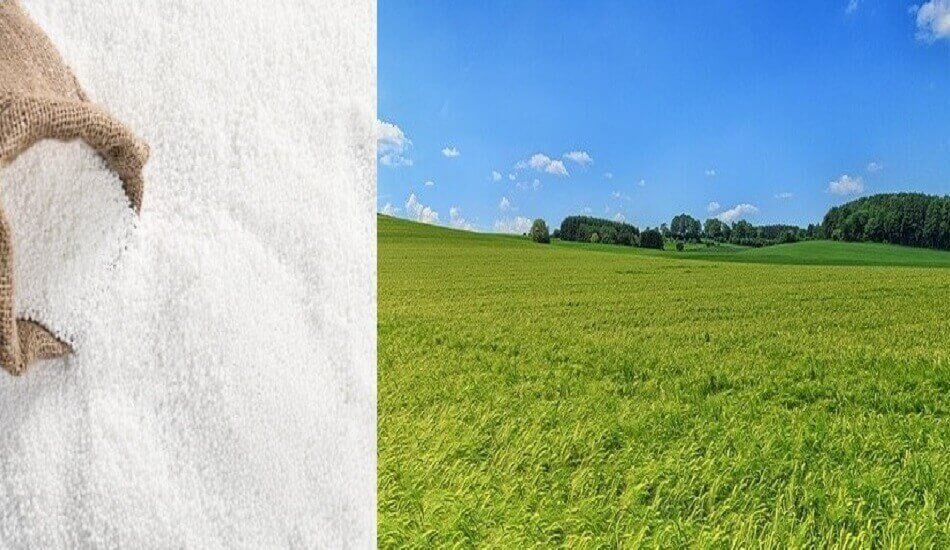India’s Urea usage is expected to fall for the first time in five years due to various reasons, including lower availability as a result of reduced imports, potentially indicating a policy shift toward limiting supply to ensure balanced fertiliser use.
Fertiliser usage was nearly 322 lakh tonnes (lt) in the current fiscal’s April-February period, and even if it remains around last year’s level this month, it will not exceed 342 lt for the entire 2021-22 period, compared to actual sales of 350 lt last year, according to industry reports.
Also Read | Private sector unwilling to “use nano urea” technology, will wait & see for assured sales.
Bags and retail prices
‘When the government introduced 45 kg bags in 2018 (instead of the existing 50 kg), the goal was to reduce urea usage by 10%.’ However, it increased by 5% in 2018-19, which was the same level of increase as in 2011-12. It further increased by 7% in 2019-20,’ an industry official said.
It indicates that, as subsidies increase year after year, the Urea sector cannot be sustained unless there is a cap on its use.
The current retail price of ₹266.5/45 kg bag may be maintained for another two years under the proposed urea policy. The actual cost of urea ranges from ₹1,000 to ₹2,000 for a 45 kg bag. ‘As recommended in the Third Party Evaluation Report, the Ministry of Finance and EFC may be asked to extend the current urea subsidy scheme beyond March 31, 2022. This recommendation may also be shared with the Ministry of Finance for consideration,’ according to the March 21 report of the Parliamentary Standing Committee.
Also Read | India aiming for urea self-sufficiency with 80% reduction in import dependency.
Subsidy program
The ‘Third Party Evaluation’ conducted on urea subsidy has recommended that the subsidy scheme be continued to support industries, farmers, and the agriculture sector as it has a significant impact on the agricultural sector in increasing crop yield and reducing farmers’ cultivation expenditure.
Imports are restricted
According to sources, urea imports were around 80 lt from April to February, and there is little chance of further increases because both China and Russia have limited their exports. During 2020-21, India imported 98.3 lt of urea.
Also Read | Govt’s proposal to sell urea under ‘Bharat Urea brand’ across India may take time.
When weight reduction in urea bags fails, neither the soil health card nor contribute to a drop in urea usage. There are two options left, and because price increases are politically sensitive, capping is the only option left to achieve balanced fertiliser use.
Farmers tend to use more Urea because it is the least expensive crop nutrient. The government recently told a parliamentary committee that ‘it is a myth that if one uses the Soil Health Card, one’s fertiliser consumption will be reduced.’


















Add Comment